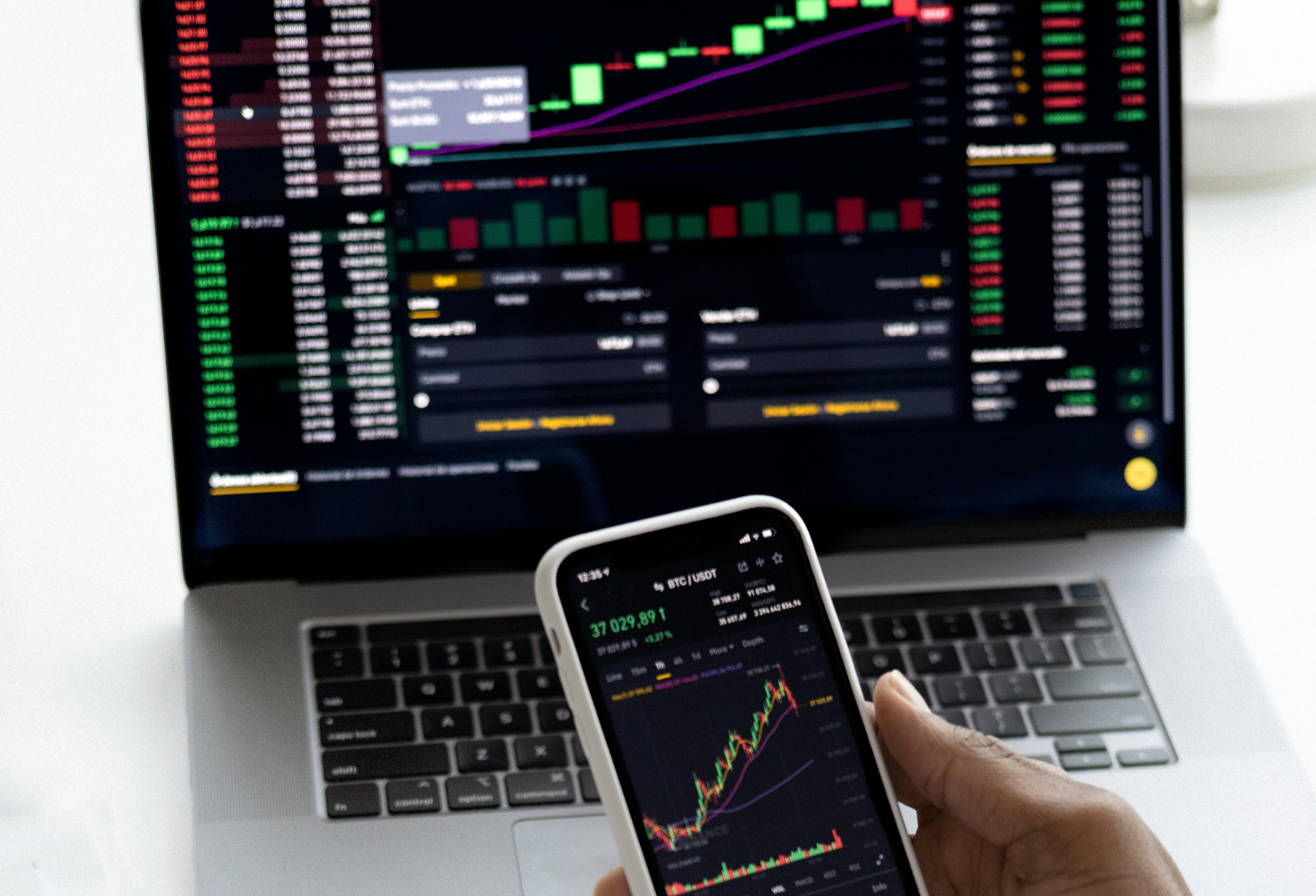Futures trading can be an exciting and potentially profitable endeavor, but it comes with significant risks. Whether you are a novice or an experienced trader, understanding and implementing effective risk management strategies is crucial to protect your capital and ensure long-term success. In this guide, we’ll explore the essential aspects of risk management in futures trading and provide practical tips to help you navigate the volatile world of futures markets.
Understanding Risk in Futures Trading
Futures contracts are leveraged financial instruments that allow traders to speculate on the price movement of commodities, indices, currencies, and other assets. While leverage can amplify profits, it can also magnify losses, making risk management an essential component of any trading strategy.
Key Risks in Futures Trading:
- Market Risk: The risk of losses due to adverse price movements in the market. This is the most apparent risk in futures trading and requires constant monitoring.
- Leverage Risk: Futures contracts typically involve a high degree of leverage, meaning you can control a large position with a relatively small amount of capital. While this can lead to substantial profits, it also increases the potential for significant losses.
- Liquidity Risk: In some markets, liquidity can be low, making it difficult to enter or exit positions at the desired price. This can result in slippage and unexpected losses.
- Margin Risk: If the market moves against your position, you may receive a margin call requiring you to deposit additional funds to maintain your position. Failure to meet margin requirements can result in the forced liquidation of your position at a loss.
- Psychological Risk: Trading can be emotionally taxing, especially during periods of high volatility. Emotional decision-making can lead to poor choices and increased risk.
Effective Risk Management Strategies
1. Define Your Risk Tolerance
Before you begin trading futures, it’s essential to define your risk tolerance. This includes determining how much of your capital you are willing to risk on a single trade and how much you are willing to lose in total before stopping trading.
- Tip: A common guideline is to risk no more than 1-2% of your trading capital on a single trade. This ensures that even a string of losses won’t deplete your account.
2. Use Stop-Loss Orders
A stop-loss order is a pre-set order to sell a futures contract when it reaches a specific price, limiting your loss on a trade. Stop-loss orders are crucial for managing risk, as they help you exit losing trades automatically before losses escalate.
- Tip: Place your stop-loss orders at logical levels based on technical analysis, such as just below support levels or above resistance levels.
3. Diversify Your Portfolio
Diversification involves spreading your risk across different assets or markets to reduce the impact of a single adverse event. While it’s impossible to eliminate risk entirely, diversification can help manage it by reducing the likelihood of significant losses in one area.
- Tip: Avoid putting all your capital into a single futures contract. Instead, consider trading a mix of different assets, such as commodities, indices, and currencies.
4. Manage Leverage Wisely
Leverage is a double-edged sword in futures trading. While it can increase potential profits, it also increases the potential for losses. Managing leverage involves using it conservatively and being aware of the risks involved.
- Tip: Consider using less leverage than what is available. Many successful traders use only a fraction of the leverage provided to control risk.
5. Monitor and Adjust Your Positions
Active risk management involves continuously monitoring your positions and adjusting them as necessary. This may include moving stop-loss orders, scaling out of positions, or taking profits as the market moves in your favor.
- Tip: Regularly review your open positions and adjust your risk management strategies based on current market conditions.
6. Keep an Eye on Margin Requirements
Understanding and managing your margin requirements is crucial in futures trading. Always ensure you have enough margin to cover your positions and be prepared to deposit additional funds if required.
- Tip: Avoid trading too close to your margin limits. Keep a buffer to avoid forced liquidations during volatile market conditions.
7. Develop and Follow a Trading Plan
A well-defined trading plan outlines your strategy, including entry and exit points, risk management rules, and overall goals. Following a trading plan helps you stay disciplined and avoid making impulsive decisions.
- Tip: Write down your trading plan and review it regularly. Make adjustments as necessary, but stick to your rules to avoid emotional trading.
8. Learn from Your Mistakes
Every trader makes mistakes, but the key to long-term success is learning from them. After each trade, review what went right or wrong and adjust your approach accordingly.
- Tip: Keep a trading journal to track your trades, decisions, and emotions. This can help you identify patterns and areas for improvement.
Conclusion
Futures trading offers significant opportunities for profit, but it also comes with substantial risks. By implementing effective risk management strategies, you can protect your capital, reduce the impact of losses, and increase your chances of long-term success. Remember, successful trading is not just about making money but also about managing risk effectively. Stay disciplined, stick to your plan, and always be mindful of the risks involved.





Leave a Reply